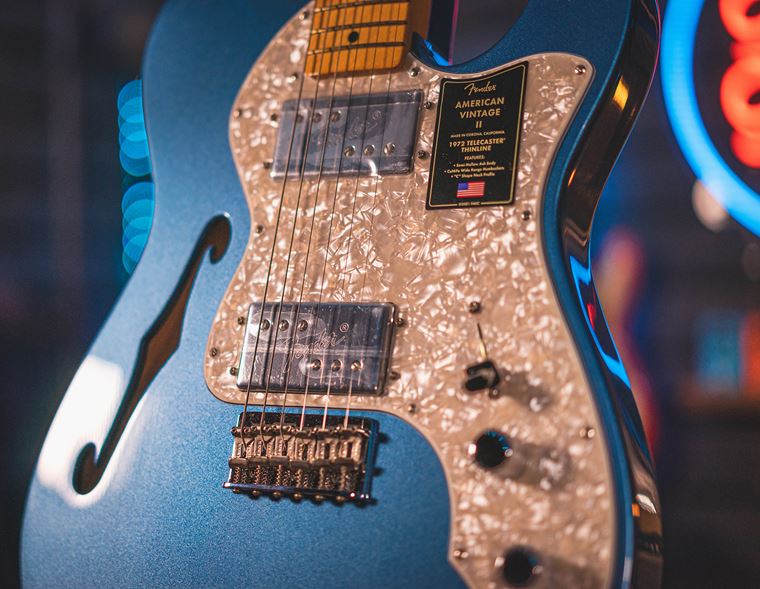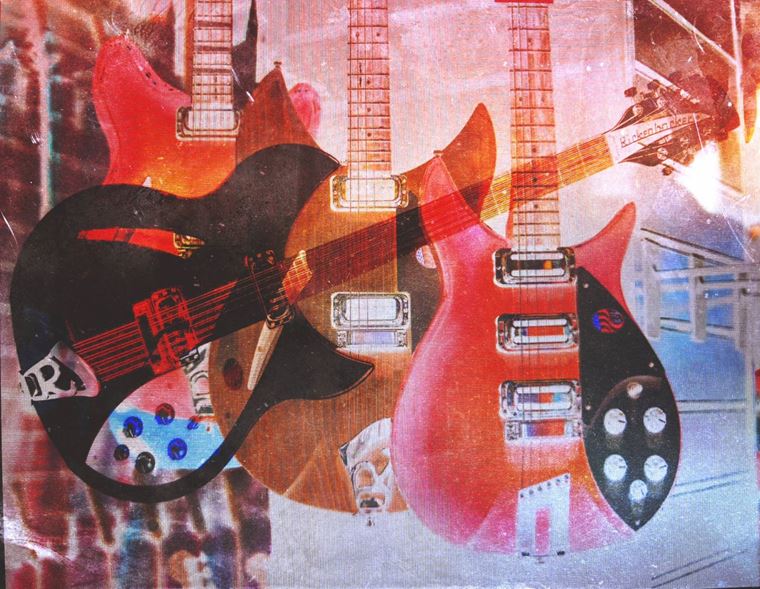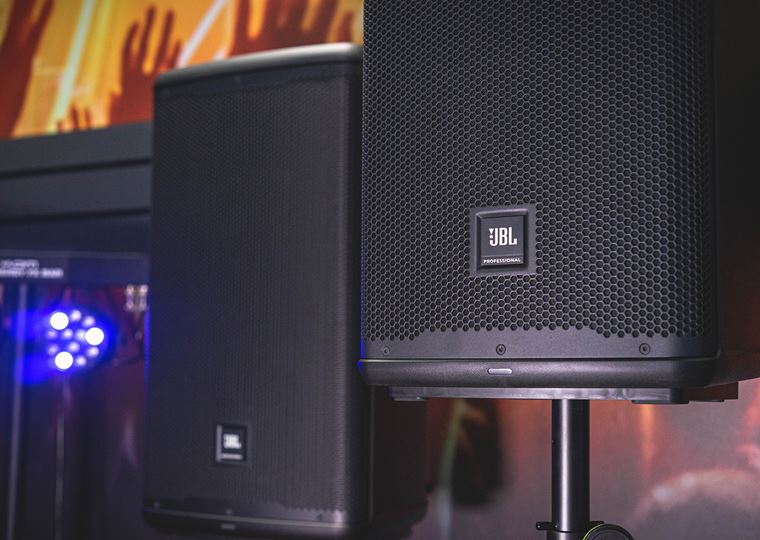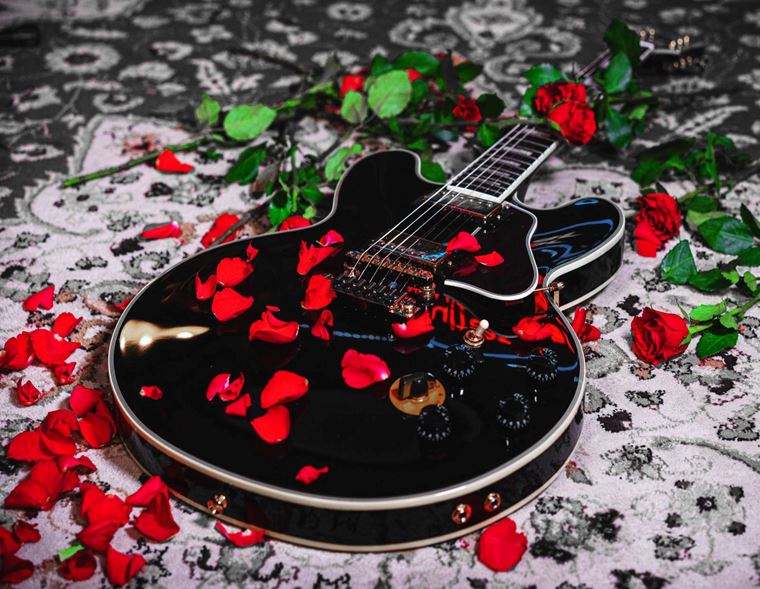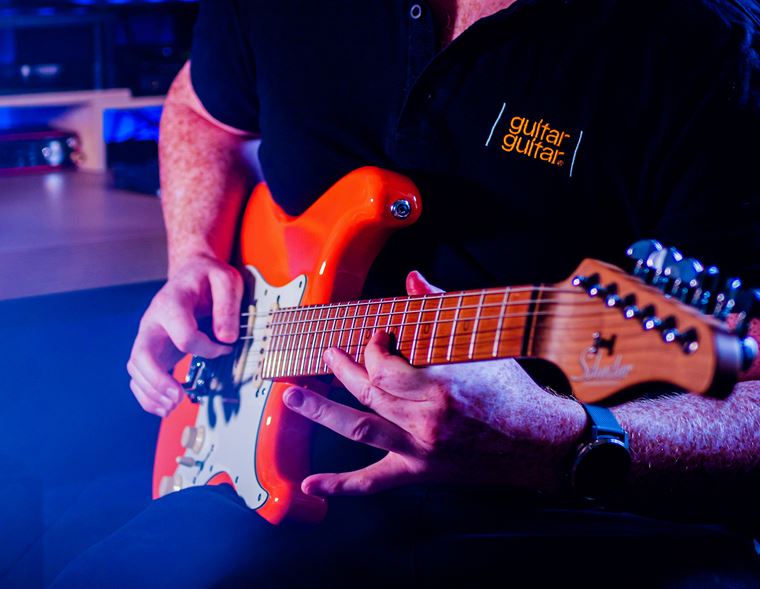Expert Guide to Pedal Switchers
Published on 14 February 2024
Do you love using guitar pedals? Then you need to know about pedal switchers!
If you enjoy using different combinations of your effects collection, then you’ll know only too well that advanced tap-dancing skills are eventually required to achieve all of the sounds you need! Sometimes a sound will need three or four pedals switched on at the same time, and they are on opposite sides of the board, so it can get tough.
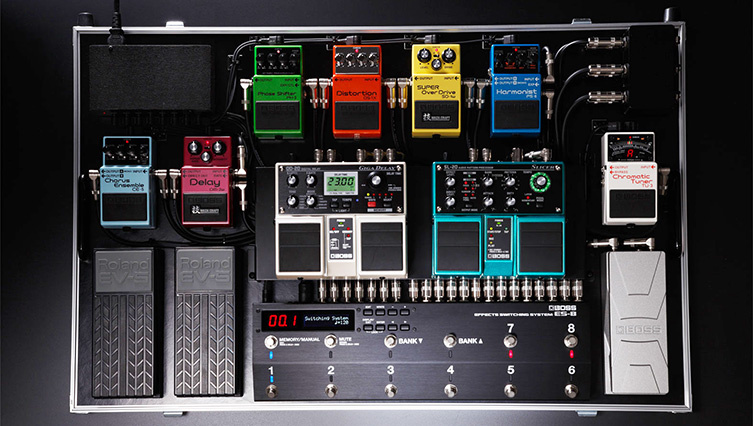
A pedal switcher will alleviate these issues in a neat and efficient manner. I’m going to dive into this topic today, so that you can learn everything you need to know on the subject right here. From personal gigging experience, I know how useful these devices can be, and I’m here to preach the Good Word to you!
Contents
Why Do I Need a Pedal Switcher?
How to Set Up a Pedal Switcher
Have More Fun, Make Life Easier
What is a Pedal Switcher?
A pedal switcher is a device that allows you to turn on and off several pedals simultaneously. You can store lots of combinations, known as patches, and you switch between these patches via footswitch, so you’re engaging with the pedal switcher instead of your pedals. Your pedals will be on your board as normal, but you don’t physically stomp on them at all: you use the footswitches on the switcher to navigate all of your sounds.
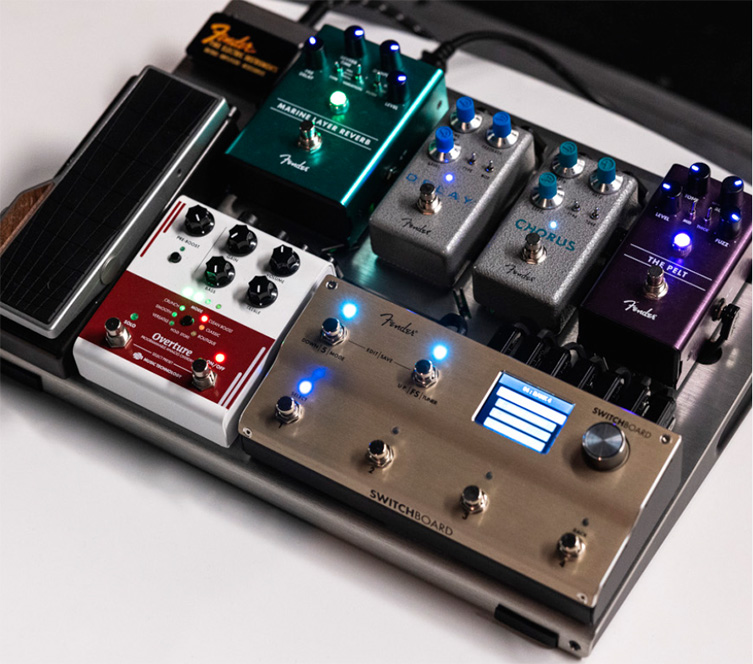
How Do Pedal Switchers Work?
Pedal switchers sit on your pedal board alongside your pedal collection. You connect each pedal to the switcher via its own loop (a send connection and a return connection for each pedal), and so the numbers of pedals you can use will be determined by the number of loops onboard the switcher.For example, the BOSS ES-8 has 8 loops available. This means you can use eight individual pedals.
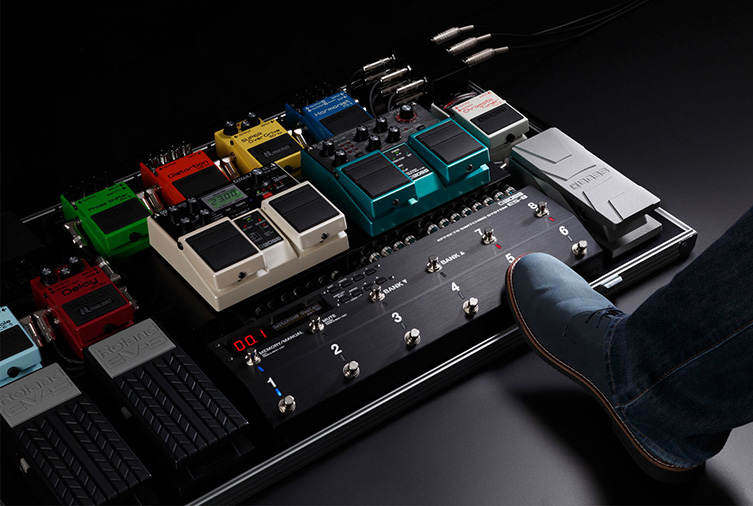
Once you’ve connected your pedals to the loops via standard patch cables, you can begin to use the switcher. Some units are simple, offering a button for each loop, but most of the ones I’d consider to be really useful allow for patch programming. Patch programming is where you make a ‘patch’ for a part of a song, say, that requires a few specific pedals to be turned on, or ‘cued up’ if you will, with the press of one footswitch. You save this combination to a patch location (these devices typically have scores and scores of user patch space available) and recall it by pressing the chosen footswitch. This means that you are completely changing your sound (turning on and off multiple effects) instantaneously. No more tap dancing!
Why Do I Need a Pedal Switcher?
There are numerous reasons for why you should invest in a Pedal Switcher (also known as a loop switcher, though that terminology can get confusing!), so here’s a few prominent points to take on board:
- Presets: the biggest benefit is making big changes to lots of pedals with one stomp on a pedal. Such power!
- Performing: your live performances will be more confident when you can trust that one press of a pedal gets you the sounds you need; you’ll not stress over tap-dancing and missing cues
- Practical: every switch you need is in one place; you don’t have to hover your foot like a ninja trying to aim for a back-row pedal
- Signal-saving: since a switcher only brings in the pedals it needs for a specific patch, you’re not having every pedal on at all times. This means your signal isn’t always running through it all and losing decibels as the pedals and cabling commit the crime of ‘tone sucking’! You’ll retain more top end clarity in your sound.
- Gig-saver: faulty pedals, cables, batteries or power supplies will no longer ruin your show. If a pedal stops working, you just take it out and replace it in the chain. Or, don’t use that particular loop and the switcher won’t cue that pedal for use. Your sound will remain and you can carry on playing.
- Change pedal order easily: some of the more sophisticated units allow you to change the order that the switcher uses your pedals, without of course requiring them to move in real life. This means that the physical order of the pedals on your board doesn’t actually matter, and you can then better organise them to fit your board. Maybe even add more, if this makes more space for you!
- MIDI: some units have MIDI functionality, so if you have any pedals that use MIDI, you’ll be able to use different sounds from that pedal by hooking it up via MIDI. Extra functions!
- Buffering and boosting: Many pedal switchers have built in buffers and boost/cut controls to not only supply a little oomph to long pedal chains, but also to let you add or subtract volume of each pedal. Very, very handy for pedals that seem quiet or indeed to give your entire signal a boost!
How to Set Up a Pedal Switcher
Generally, a pedal switcher will occupy the middle section of a pedal chain. From your guitar, you may go into a tuner, say, and then to the input of the switcher. Your pedals then go into the switcher via their own individual send & return loops (two patch cables per pedal) and then the switcher’s output goes to either the amp or any remaining pedals you might have that are not looped into the switcher.
Position the switcher at the bottom of your pedalboard so that your foot has easy access to the footswitches. Your other pedals can be arranged as you see fit: since you’re using the switcher, you don’t need to press any of these!

Best Pedal Switchers
The market now has a good few options for players looking to control their pedals via a switching system. Here are a few good ones to check out…
Fender Switchboard
The newly released Fender Switchboard takes a straightforward approach to pedal switching. Making use of 5 rearrangeable loops, the Switchboard has a streamlined front panel that still allows maximum flexibility. 500 presets should be enough for everyone, and you can also toggle individual effects on and off. A built in tuner , volume pedal and a pair of buffers complete the package.
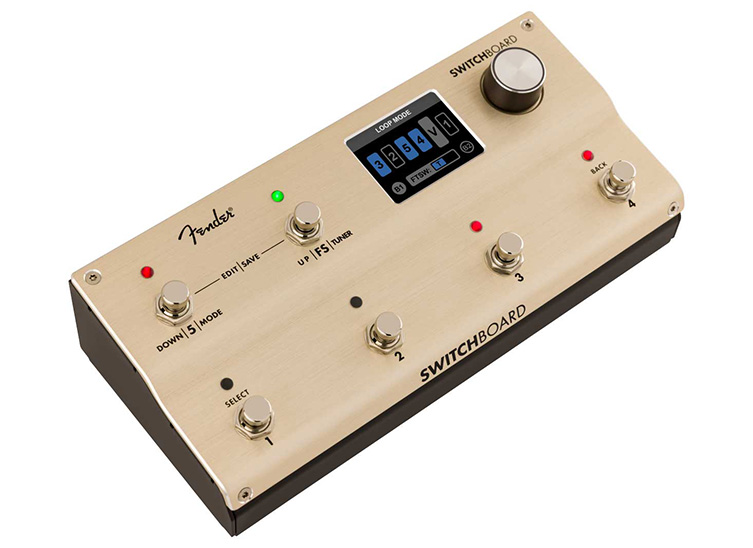
BOSS ES-8
Pedal legends BOSS serve up a typically robust and feature-laden switcher with the ES-8. 8 loops are available with 200 patch memories, and you can switch several modes to work from. BOSS are market leaders because their devices are well-considered and road-ready. This particular model also has a Memory/Manual mode function, so you can engage each individual loop on its own. Very highly recommended!
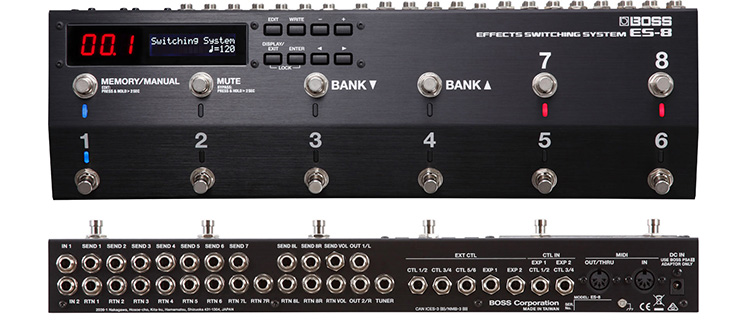
Lehle D.Loop
Lehle’s D.Loop is a simple way to manage your effects. Utilising two loops, you can bring in and out pedals that are only occasionally used, thus saving the strength and tone of your signal. MIDI functionality allows program changes on MIDI devices, too.
Quality abound in the build: this Lehle uses gold plated contacts (maximum signal strength), true bypass switches and each loop’s signal is grounded to eliminate noise. Class!
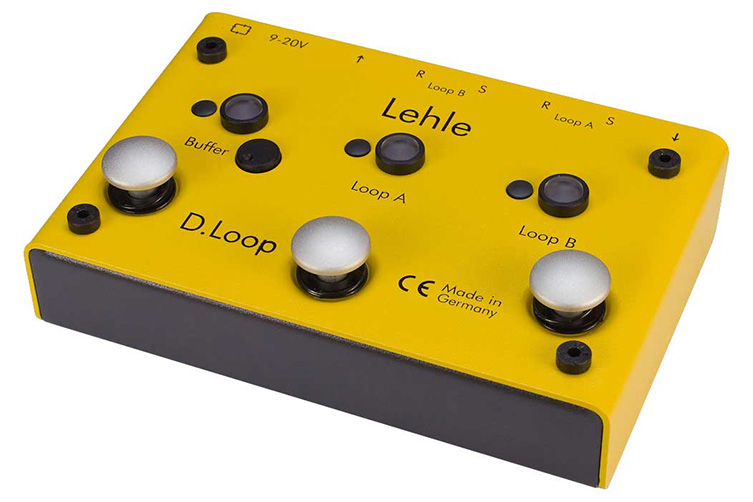
Voodoo Lab Pedal Switcher PX8 Plus
Voodoo Lab have contributed some real classics to the world of effects pedals (Proctavia and Sparkle Drive, anyone?) and are now equally famed for their pedal boards and switching systems. The Voodoo Lab Pedal Switcher PX8 Plus is a sleek solution to pedal switching that fits in well with today’s other products.
The PX8 has 8 loops onboard, along with an additional ‘insert’ loop between loop 6 and 7 for the likes of a volume pedal. The quality is stunning: hand-made in the USA, this unit features ‘Voodoo Lab Silent Switching’, which incorporates nitrogen-sealed gold contact relays for the quietest, best reproduction of your tone.
Use the 36 loop combinations (128 via MIDI) or use the ‘Instant Access’ mode for individual switching.

Have More Fun, Make Life Easier
So, now you know what a pedal switcher is, what it does, and how it can benefit you. I know it’s a bit less fun than buying a new pedal, but when you get one of these all connected up and running, it makes for a huge amount of fun! Your pedal use really opens up and expands your palette, and you get to focus on what you want from your sound, not what compromises you have to make.
Bring new life to your effects with a pedal switcher!
Click to Browse Our Selection of Switching Devices




